If you live in a place where there are herds of deer nearby, then you need to safeguard your yard. Once a deer finds out about the yard, they are bound to again & return, along with their other deer friends.
Now, as there are many species of deer, we have generalized the diet of this plant-loving species, as different species of deer enjoy different plant delicacies.
Once you know what these deer eat, accordingly, you can either safeguard your yard or feed them. The decision is completely based on the owner of the yard. Well, if you don’t have a plant that the deer loves to eat, there won’t be any deer wandering around your yard.
If you want to attract a deer into the backyard, you can accordingly have the plants that deer love to eat.
Also, avoid planting deer-resistant plants, as they can ward off them from your backyard. If you do the exact opposite of the above instructions, then the deer will never visit your yard.
Ever wondered about what to feed deer in the backyard? In this article, you will learn about the plants that the deer loves to feast. We will start the write-up by discussing the deer’s three favorite plants, also known as the Big Three.
The Big Three
These plants to the deer are like what spinach is for Popeye! The Big Three plants are Roses, Plantain lilies (also known as Hostas & Giboshi) & Daylilies. Deer love them so much that they are much down on these delicacies, leaving no single bit of these plants. Even the prickly thorns of roses cannot stop the dear from munching it down.
The Tender Greens
As much as the deer loves to feast on the prickly thorns of the roses, it also prefers to go with the tender greens (maybe the deer is on a diet!). They also like to munch on the tender green shoots of young plants. The tender greens include plants like lettuce, cilantro, ivy, and many more.
Fruits & Berries
Fruits are amongst one of the favorites for the deer. They usually are seen eating a lot of fruits without avoiding any of them. If the fruits are at a distance to reach out, the deer tends to pluck the fruit directly from the plant. It also feasts on the fruits that have fallen from the plant.
Deer are pleased to munch on the cannabis plant; though they do not get high, they love its taste.
Azaleas
These acid-loving & flowering shrubs are loved by the deer. There are two types of azalea, namely, evergreen & deciduous. The deer don’t discriminate between them & eats both these types of azaleas with fondness.
Evergreens
Arborvitae & Indian Hawthorn is two evergreen plants that a deer likes to feast. Arborvitae evergreen coniferous pyramidal plants are very often found in the yards. Deer munches on these plants very fondly.
Indian hawthorns love alkaline soil, so where acid-loving azaleas are not found, the deer munches over the hawthorns.
The Spring Favorites
Well, here we are talking about violas, tulips & pansies. These beautiful flowering plants are always under the radar of a deer.
Violas & pansies are also eaten by humans! So, a deer eating them surely makes sense. A deer loves feasting upon these flowering plants so much that they will come back again & again to your backyard.
The Japanese Euphoria
The plants that the deer loves to feast on in this category are Japanese laurels, Japanese cheese wood & Japanese yew.
Japanese laurel was once also known as the gold plant, is known to resist & grow in tough conditions that also include extreme pollution.
The Japanese cheese wood is an ornamental flowering plant usually planted with the Indian hawthorn.
The Japanese Yew is another evergreen ornamental plant that the deer feats on very fondly. Both the fruits & leaves are edible for the deer.
It is observed that during the cold winters when the food is very scarce, then the deer is seen to be feasting upon twigs, bark & even the bark of the trees.

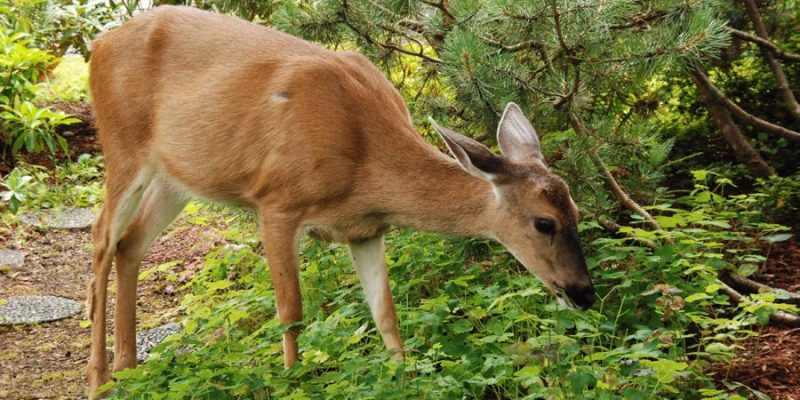

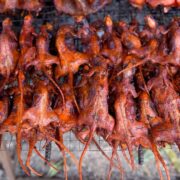
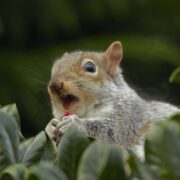
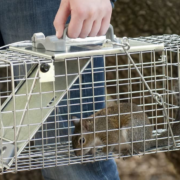
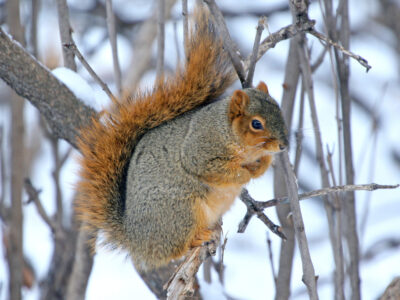
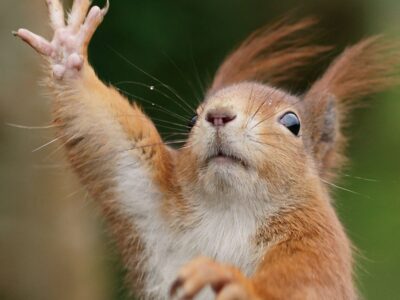
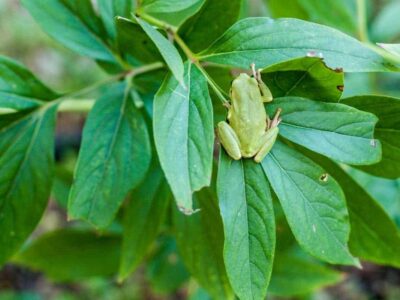
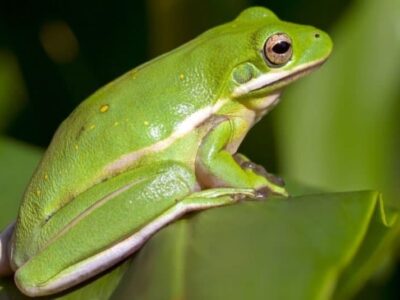



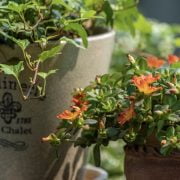
Comments